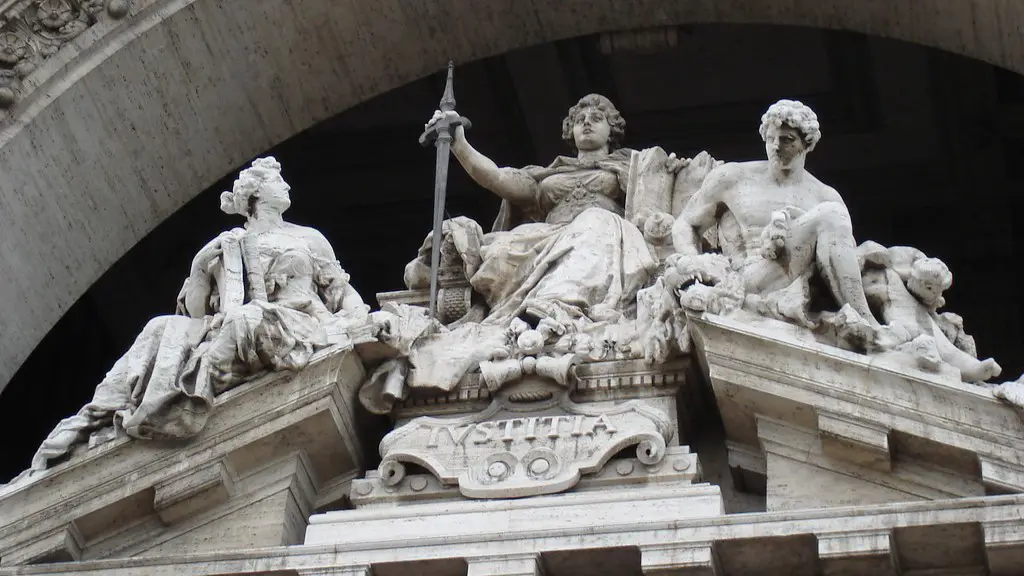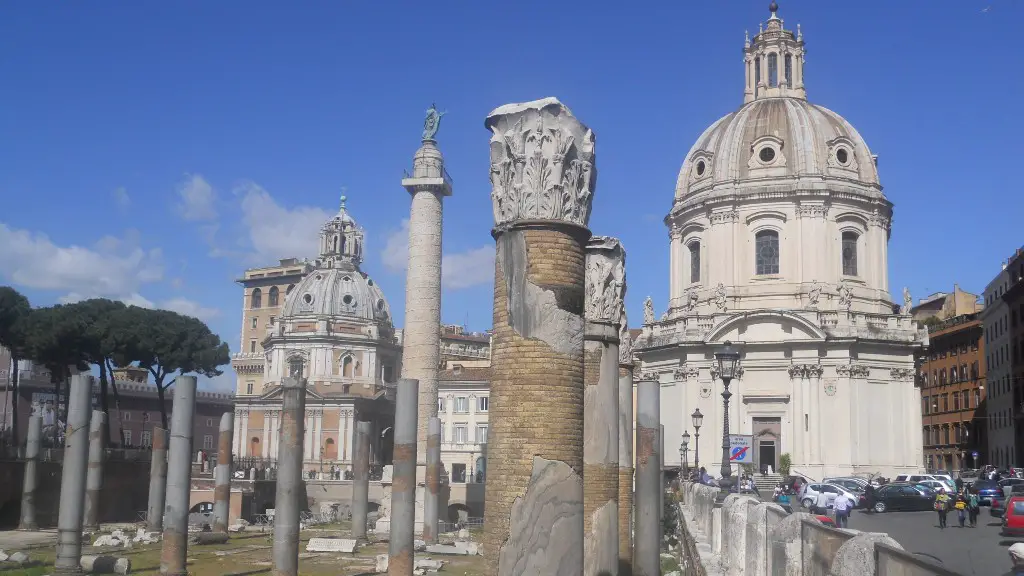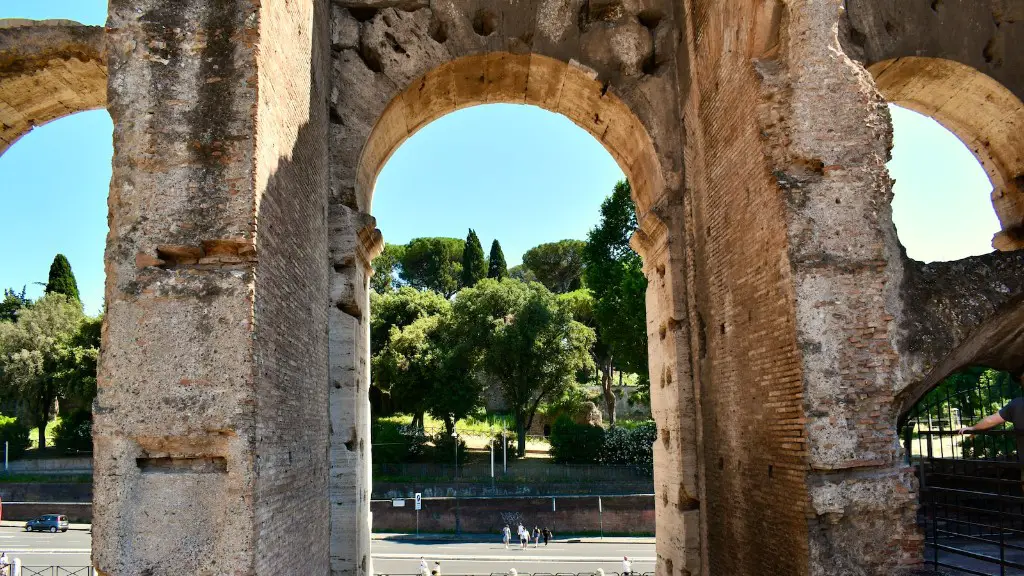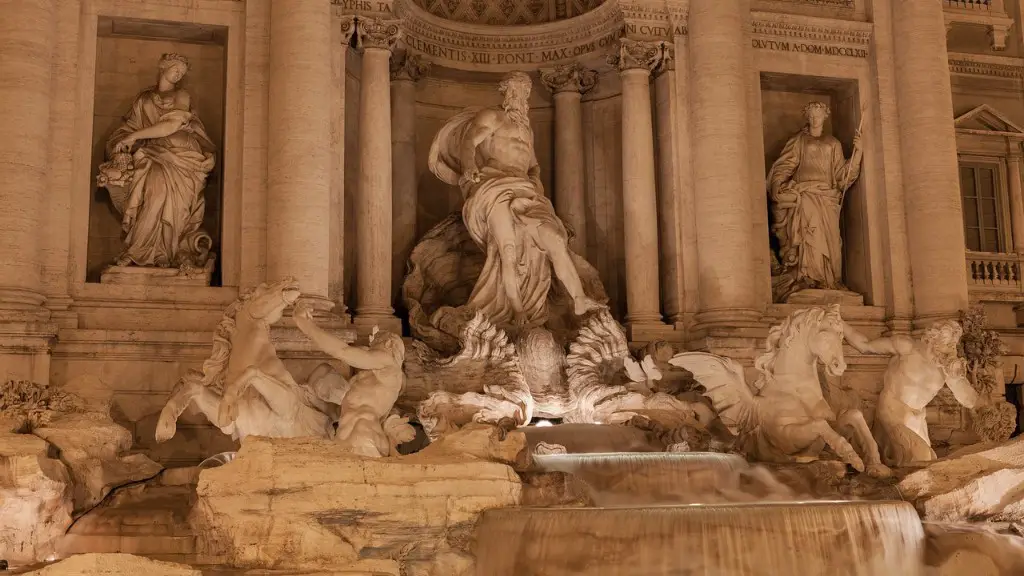The term “Golden Age” is often used to refer to a time in history when a culture or civilization is thought to be at its peak. The Roman Empire is often cited as an example of a Golden Age, and indeed, there are many aspects of Roman culture and society that were considered to be exemplary during this period. However, it is important to remember that the concept of a Golden Age is a subjective one, and not everyone agrees that the Roman Empire truly reached such a state.
There is some debate over whether or not Ancient Rome actually had a Golden Age, but many historians believe that it did. This era is usually thought to have occurred during the Pax Romana, which was a time of relative peace and prosperity. during this period, Roman culture and art flourished.
When was the Roman Golden Age?
Augustus’ rule marked the beginning of a two-hundred year long Golden Age known as Pax Romana. Pax Romana, meaning “Roman Peace” in Latin, was used to identify the years 27 BCE- 180 CE during which there were fewer wars than any other period in Rome’s history. This time of peace and prosperity was a result of Augustus’ successful military campaigns which expanded the Roman Empire and solidified Roman power. Augustus’ reign was an important time in Roman history and the Pax Romana was a significant period of peace and prosperity for the Roman people.
The Pax Romana, or Roman Peace, was a time of great prosperity and stability for the Roman Empire. After Emperor Augustus rose to power, the empire enjoyed an unusually long period of peace and security. Roman expansion did lead to some disruption around the empire’s borders, but for the most part, the Pax Romana was a time of great peace and prosperity. This era is known as the Golden Age because of the great advances made in art, literature, and architecture during this time.
What was Rome’s Golden Age called
The Pax Romana was a time of great peace and prosperity for the Roman Empire. It was a time of stability and order after years of chaos and turmoil. The Roman people enjoyed a period of prosperity and calm during this time. The Pax Romana was a time of great advances in art, literature, and architecture. The Roman Empire reached its height during the Pax Romana. The Pax Romana was a time of great peace and prosperity for the Roman people.
A look at golden age history identifies several eras of the golden ages including the Byzantine Empire, The Roman Republic, and even some periods in medieval England As far as the most important golden age, Europe has two that stand out as the most significant: Ancient Athens and the Italian Renaissance.
Ancient Athens is often cited as the first golden age in history. It was a time of great intellectual achievement, with advances in philosophy, art, and politics. The city of Athens was a center of learning, and its citizens were proud of their culture. The Roman Republic is another example of a golden age. It was a time of great prosperity and political stability, with a strong military and a thriving economy. The Italian Renaissance is often seen as the most important golden age in European history. It was a time of great artistic and scientific achievement, with a renewed interest in classical learning.
What was the best era of Rome?
The Pax Romana was a time of great stability and prosperity for the Roman Empire. It was a time of peace and prosperity that allowed Rome to reach its greatest territorial expanse. However, this period of peace and prosperity came to an end with the reign of Commodus, when increasing trouble and decline began.
The Roman Empire reached its greatest extent in 117 CE, under the emperor Trajan. When Trajan died, much of the territory he conquered in Mesopotamia was quickly lost, but from that point on, Rome’s frontiers became relatively stable. More stable boundaries led to a new focus on foreign policy.
What made Rome so successful?
Rome’s expansion began in the first century BCE through a combination of military power and political flexibility. The state expanded its territory by conquest and by forming alliances and treaties with other states. Rome’s economic expansion was fueled by the exploitation of its extensive natural resources and by the growth of trade and commerce. This expansion changed the Mediterranean world and also changed Rome itself.
The most straightforward theory for Western Rome’s collapse pins the fall on a string of military losses sustained against outside forces. Rome had tangled with Germanic tribes for centuries, but by the 300s “barbarian” groups like the Goths had encroached beyond the Empire’s borders. In 410, the Visigoths sacked Rome itself. The fall of the city shocked and demoralized the Empire’s citizens and further eroded popular trust in the government.
Who brought the Golden Age to Rome
Caesar Augustus was one of the most influential and powerful rulers of his time. He was a skilled politician and military leader, and was responsible for many great accomplishments during his reign. One of his most significant achievements was theBringing the Golden Age to Rome. This was a time of great peace, security and prosperity, and was made possible by Augustus’ strong leadership.
Although it is not clear how widespread sibling marriages were in ancient Egypt, it is generally accepted that they were at least common during the Graeco-Roman period. Numerous papyri and Roman census declarations attest to many husbands and wives being brother and sister. It is possible that these marriages were more common among the upper classes, as they would have had more opportunity to choose their own spouses. However, sibling marriages were not without their problems, as they could lead to inbreeding and genetic disorders.
Why did the Golden Age end?
The golden age of Hollywood was a time when the film industry was booming and producing some of the most iconic films of all time. However, this era came to an end for a number of reasons, including the rise of television, the blacklisting of key screenwriters, and the increasing costs of film production. The “Big 5” anti-trust legislation also played a role in the demise of Hollywood’s golden age.
The Pax Romana was a time of great prosperity and achievement for Rome. The government became more powerful and trade and communication flourished. The Romans experienced a golden age in which they made great strides in architecture, engineering, literature, science and the arts. This period was a high point in Roman history and left a lasting legacy.
What are the 3 aging empires
These three empires were all large and powerful in their time, and controlled a lot of land and many different people. However, over time they all declined and fell, in part due to the fact that they were made up of many different ethnic groups who often fought with each other.Control of land and ethnic groups moved back and forth between these empires, depending on victories or defeats in war and on royal marriages. In the end, the empires could not hold together and collapsed.
There have been many great empires throughout history that have had a profound impact on global trade. Three such empires are the Roman Empire, the Mongolian Empire, and the British Empire.
The Roman Empire was one of the largest and most powerful empires of all time. The Roman Empire controlled a large portion of the world’s trade routes and amassed great wealth through trade. The Mongolian Empire was another great empire that controlled a large portion of the world’s trade routes. The Mongolian Empire was especially known for its horse and silk trade. The British Empire was the largest empire of its time and controlled a vast amount of global trade. The British Empire also developed a large shipping industry that transported goods all over the world.
What were the greatest empires ever?
The Persian empire was one of the largest empires in history. The kingdom, which was created under Cyrus the Great, stretched from Iran into Central Asia and Egypt. The Han dynasty was another large empire. The Umayyad Caliphate, which was founded by the Umayyad dynasty, was a Muslim empire that covered a large area of the world. The Mongol empire was yet another huge empire. The Ottoman Empire was a Muslim empire that ruled over much of the world. The Spanish empire was a European empire that ruled over many areas of the world. The Russian Empire was a vast empire that ruled over many areas of the world. The British Empire was the largest empire in history. It ruled over many areas of the world.
The Byzantine Empire is one of the great empires of history. It lasted for over a thousand years, from the 4th century to the 15th century. It was the largest and most powerful Christian empire of its time. The Byzantine Empire was very influential in the development of Eastern Christianity and the Byzantine Rite.
Conclusion
There is no definitive answer to this question as there is no agreed upon definition for a “golden age.” However, many historians believe that Ancient Rome did have a period of time in which it flourished and reached new heights in terms of art, literature, and culture. This period is typically thought to have begun in the 1st century BCE and continued until the end of the 2nd century CE.
The golden age of ancient Rome was a time of peace and prosperity. The Roman Empire was at its height, and the arts and sciences flourished. This was a time of great achievement for the Roman people.





